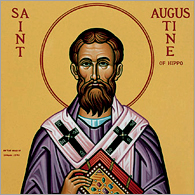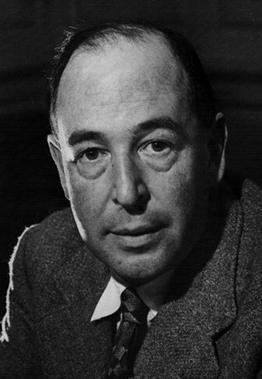With regard to the 1616 report of the theological qualifiers of the Holy Office, let’s first have the entire section in which this report is reproduced in the 1633 decree:
This Holy Tribunal being therefore of intention to proceed against the disorder and mischief thence resulting, which went on increasing to the prejudice of the Holy Faith, by command of His Holiness and of the Most Eminent Lords Cardinals of this supreme and universal Inquisition, the two propositions of the stability of the Sun and the motion of the Earth were by the theological Qualifiers qualified as follows:
The proposition that the Sun is the center of the world and does not move from its place is absurd and false philosophically and formally heretical, because it is expressly contrary to Holy Scripture.
The proposition that the Earth is not the center of the world and immovable but that it moves, and also with a diurnal motion, is equally absurd and false philosophically and theologically considered at least erroneous in faith (link).
[NB: When citing the 1616 decree, the cardinal-prefects have not included the phrase “according to the common interpretation and understanding of the Holy Fathers and the doctors of theology”. In fact, the 1616 decree of the Congregation of the Index also excludes any mention of the Fathers of the Church. I have more to say about this important omission in “The New Geocentrism and the Unanimous Consent of the Fathers”.]
The decree then continues a narration of the other events—the visit from Cardinal Bellarmine, the 1616 decree of the Congregation of the Index, and the printing of Galileo’s Dialogues— which led up to the present action against Galileo.
And there is precisely the point. A strict reading of the 1633 decree shows that although the 1616 report of the theological qualifiers was cited as part of an historical narrative, its conclusions were not actually adopted in the 1633 decree. This introductory material is not part of the formal sentence issued by the Holy Office against Galileo, which occurs at the end of the decree. Strict canonical interpretation holds that a canonical condemnation be interpreted as narrowly as possible. Such a strict interpretation forbids us to apply any stronger condemnation to either Copernicanism or Galileo than is contained in the actual sentence of the 1633 decree, which occurs at its end and does not in all respects follow the opinion rendered by the theological qualifiers in 1616.
Fr. Olivieri, the Commissary General of the Holy Office, made this observation in 1820:
So the evaluations of theologians constitute an authentic and solemn judgment of the Pope and of the Cardinals? Not at all, for it happens very frequently that such recommended censures are not approved or are adopted only in part (Finocchiaro, Retrying Galileo, p. 206).
And as Dr. Finocchiaro notes:
the sentence [of 1633] states that this judgment had been made by the consultants and that the Inquisition was endorsing only the judgment that those doctrines were contrary to Scripture. (Ibid., p. 31)
Another point very often overlooked by the geocentrists bolsters this case.



